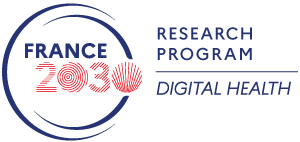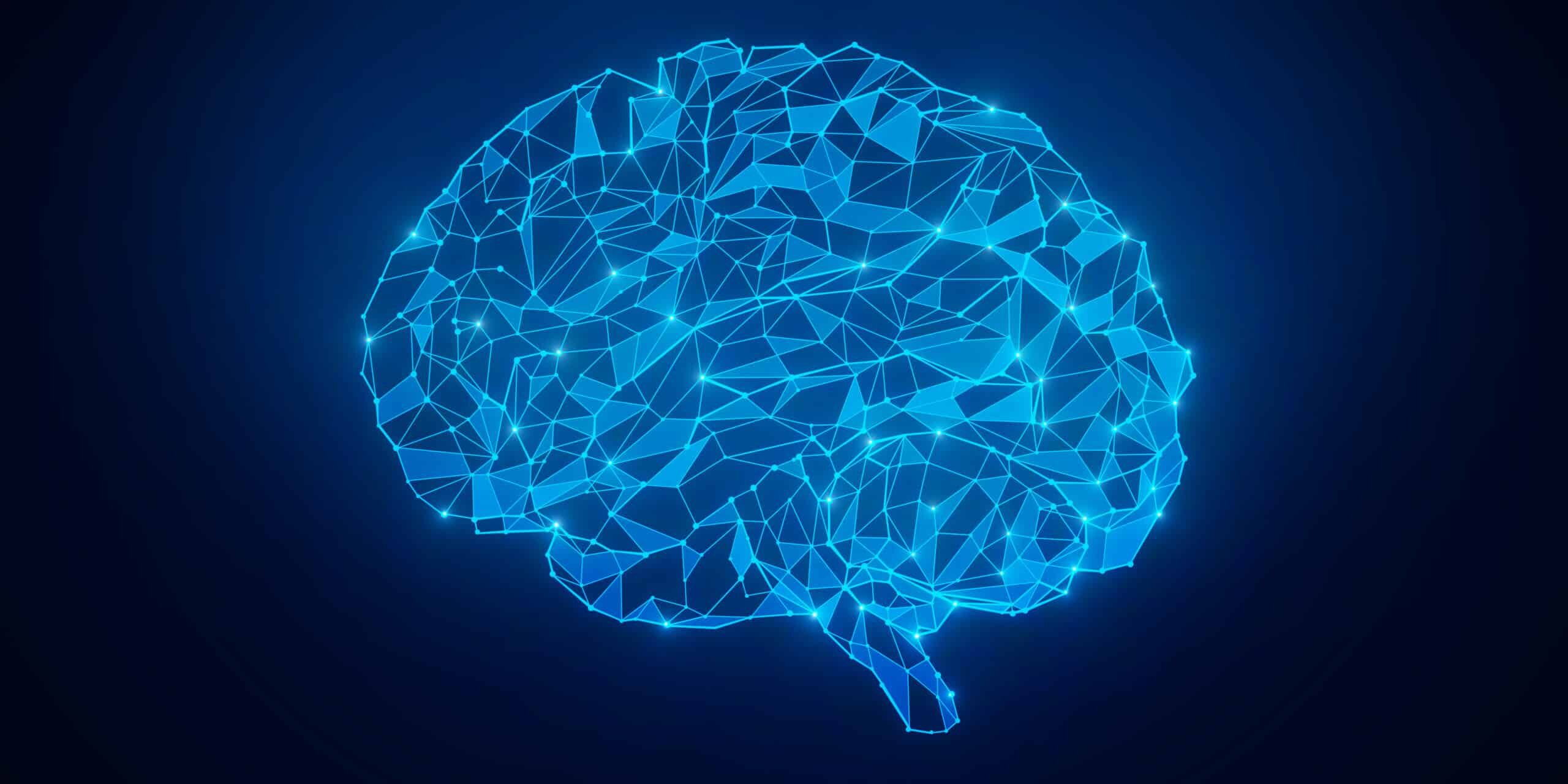High-resolution in vivo imaging data with putstanding instrumental systems resulting from technological innovation led by academic and industrial research players (11.7 Tesla extreme field MRI in humans, functional 3D ultrasound imaging, etc.)
Coordinating Partner : Cyril Poupon
Coordinating institution : CEA
Multiscale in and ex vivo brain imaging, deep phenotyping imaging, extreme field MRI at 11.7 Tesla, positron emission tomography, functional ultrasound local microscopy, 3D optical microscopy with immunohistochemistry/histochemistry, metabolomics
The development of innovative digital models and tools for the future medicine relies to a large extent on access to large health databases acquired on large cohorts of patients and healthy volunteers. This is particularly the case for neurodegenerative and neurovascular pathologies, where a detailed understanding of the pathophysiological mechanisms at play requires the exploration of brain structure, function and metabolism at multiple scales with complementary exploration tools (imaging, omics) to capture the whole picture.
Artificial intelligence (AI) techniques have revolutionized the way we approach health data analysis. Because these innovative approaches require a large amount of data to learn, large consortia involving clinicians and digital health actors have embarked on building large cohorts of imaging and omics data in general populations and patients. If the number of subjects has been multiplied by two to three orders of magnitude, the amount of data acquired has however remained limited to the individual scale and confined to the imaging or omic analysis modalities available in standard care centers.
The objective of the BrainDeepPhenotyping project is to build a biobank of multimodal and multiscale imaging and metabolomic data acquired from high-tech instruments generally not accessible to the general population and made available to the project by a network of high-tech national research infrastructures. This strategy of deep phenotyping of a hundred of healthy and pathological brains scanned in or ex vivo will provide for each brain scanned in vivo ultra high resolution individual Big Data using extreme field magnetic resonance imaging, extreme field magnetic resonance spectroscopy, extreme field X-nuclei imaging (sodium, potassium), positron emission tomography with injection of an inflammation radiotracer, and functional ultrasound imaging, and for each brain scanned ex vivo ultra high resolution Big Data using extreme field magnetic resonance imaging, optical microscopy with immunohistochemical labeling of cell species, and 3D metabolomic analysis.
The twofold in and ex vivo exploration strategy proposed in this project will cover all scales of observation of the human brain, from cells to the brain structures, and to understand the mechanisms at stake during pathological development with complementary angles of observation (cellular, functional, metabolic).
The BrainDeepPhenotyping biobank will thus allow the implementation of large-scale simulation tools of the brain structure, microstructure, function and metabolism and will therefore contribute to the development of digital twins of the neurodegenerative and neurovascular pathologies targeted in the project.
Finally, the BrainDeepPhenotyping biobank will be made available to the scientific community through the European EBRAINS portal to ensure its sustainability and openness in a FAIR strategy, and will allow the actors of digital health to develop and validate their analysis methods from imaging and metabolomic dataset stemming from the most advanced neuroimaging devices and metabolomic techniques in the field and of the highest resolution accessible in the world today.
| Laboratory or department, team | Supervisors |
| NEUROSPIN- BAOBAB – UMR 9027 | Paris-Saclay University, CEA, CNRS |
| MIRCen – LMN UMR9199 | Paris-Saclay University, Inria, CEA, CNRS, Sorbonne University |
| BioMaps, U1281/UMR 9011 | Inserm, CEA, CNRS, Paris-Saclay University, Service Hospitalier Frédéric Joliot |
| ICM – UMR 1127/UMR7371, Eq CENIR | Inserm, CNRS, Sorbonne University, AP-HP |
| PhysMed – U1273 – UMR 8063 | ESPCI, Inserm, CNRS, Paris Sciences & Lettres University (PSL) |
| NEUROSPIN – BAOBAB – UMR 9027 | Paris-Saclay University, CEA, CNRS |
| I3M – Eq DACTIM-MIS & Plateforme IRM 7T | Siemens, CNRS, Poitiers University, CHU Poitiers |
| IBrain – UMR 1253, CIC 1415 | Inserm, Tours University,
CHRU Tours partner |
| Département Médicaments et Technologies pour la Santé – DMTS, Infrastructure MetaboHUB | CEA, INRAE, Paris-Saclay University |


